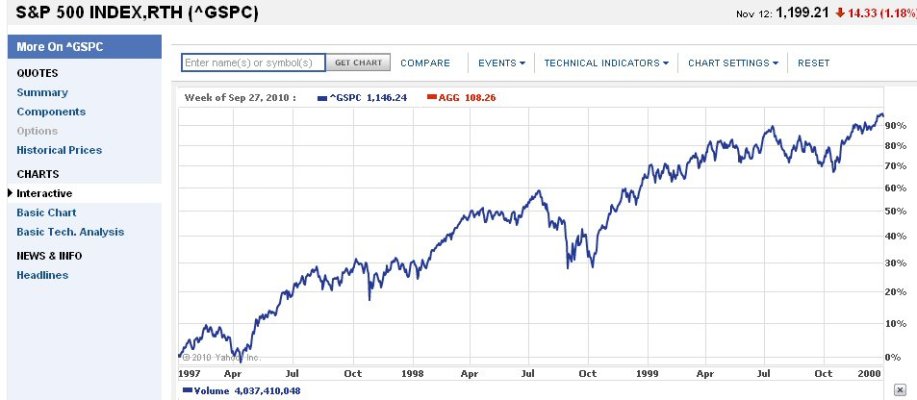Onward
Thinks s/he gets paid by the post
- Joined
- Jul 1, 2009
- Messages
- 1,934
This illustration was given on Consuelo Mack's Wealthtrack today. I haven't checked the numbers, but it does make one think.
Three brother retire within a six-year time period. Each puts $1,000,000 into an S&P index fund and withdraws $5,000/month. No adjustments for inflation.
Brother 1 retires Jan 1, 1997.
Brother 2 retires three years later, Jan 1, 2000.
Brother 3 retires another three years later, Jan 1, 2003.
Fast forward to mid-2010:
Brothers 1 & 3 have portfolios valued at over $1,000,000 each.
Brother 2's portfolio is under $250,000.
Three brother retire within a six-year time period. Each puts $1,000,000 into an S&P index fund and withdraws $5,000/month. No adjustments for inflation.
Brother 1 retires Jan 1, 1997.
Brother 2 retires three years later, Jan 1, 2000.
Brother 3 retires another three years later, Jan 1, 2003.
Fast forward to mid-2010:
Brothers 1 & 3 have portfolios valued at over $1,000,000 each.
Brother 2's portfolio is under $250,000.


